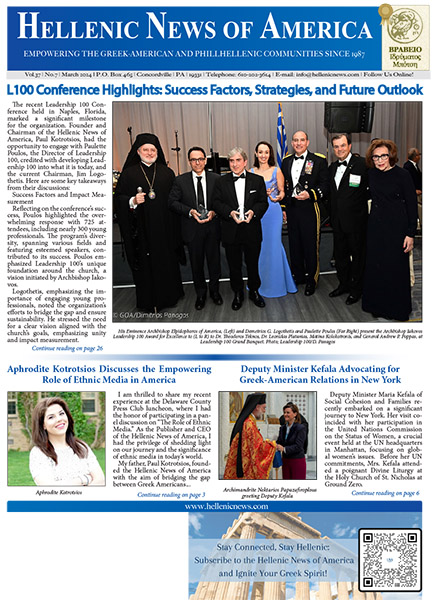THE SECOND DAY OF FEBRUARY
On the 2nd of the month, we keep the feast of the Holy MEETING (HYPAPANTE) of Our Lord, God and Saviour JESUS CHRIST
When the forty days prescribed by the law of Moses for the purification of the mother of a newborn son were accomplished (Lev. 12;2-4), the All-Holy Mother of God and Saint Joseph brought the Child Jesus to Jerusalem to present Him to the Lord. For every first-born, belonging by right to the Lord (Ex. 13:150, had to be consecrated to Him in the Temple and be, in a way, exchanged for the offering in sacrifice of yearling lamb or, for poor families, of two turtle-doves or two pigeons (Lev. 12:8). The Lord of heaven and earth, and Lawgiver of His people Israel, comes not to destroy the Law but to fulfil it (Matt. 5:17). Having taken upon Himself our nature, moral since Adam’s disobedience, He restores it from the moment of His coming into the world by making Himself obedient to all the ordinances of the Law. Source of all riches and of all graces, He makes Himself the humblest and poorest of us all. He is obedient to the Law, which He has given us and which we men never cease to transgress, showing us thereby that the way to reconciliation with God is obedience. Although neither He nor His spotless Mother had need of purification, after submitting His flesh to circumcision on the eighth day (cf. 1 Jan.), He waited in the cave at Bethlehem for the time required by the Law to elapse before presenting in the Temple of His glory the body, which He has taken upon Himself to become the new perfect Temple of His divinity. He, the inaccessible and incomprehensible God, accepted to be received in exchange for the offering of turtle-doves and pigeons, symbols of the purity, peace and innocence which the Saviour, the Friend of man, has come to bring us.
On reaching the Temple, they are said to have been greeted by the high priest Zacharias, the father of Saint John the Baptist who, against all precedent, directed the Mother of God to the place set apart for virgins (These details concerning the high priest Zacharias are not in St. Luke’s Gospel, but have been taken from the synaxaria from the apocryphal tradition). At that moment, there arrived in the Temple a man named Symeon. He was just and devout, keeping all the commandments of god, and had waited many years for the fulfilment of the prophecy that the Holy Spirit had inspired in him; namely, that he should not die before he had seen and touched Christ the Lord. Symeon, who typifies the whole expectation of Israel, then stretched out his arms to receive the Saviour as on a cherubic throne, and he blessed God and said: Lord, now lettest thou Thy servant depart in peace, according to Thy word: For mine eyes have seen Thy Salvation (Luke 2:29). The first Covenant and the Old Law, which are fading away at the appearance of Christ, in the prayer of Symeon beg leave to withdraw at the coming of the Light of Grace. This aged man, seeing and touching the Saviour, so long awaited by the Righteous and the Prophets, was able to ask God in all confidence to be freed from the bonds of the flesh and of corruption, in order to give place to the everlasting youth of the Church. He thus proclaimed the doing away of types and figures; and he delivered the final prophecy concerning the Saviour in foretelling to His Mother that His Passion and Life-giving Resurrection will be a sign of contradiction, and that they will be for the fall of the unrighteous and for the rise of those who believe in Him.
A woman named Anna, an aged widow of the tribe of Asher, also came up to the Child and began to praise God. She was well-known to everyone who frequented the Temple, for she served God there continually, awaiting the coming of the Messiah in fasting and prayer. She too gave thanks to the Lord and spoke of the Child to all those who were looking for the redemption of Israel.
Having heard these revelations, the Pharisees present went off to inform King Herod, for they were infuriated at seeing Mary placed among the virgins by the High Priest. Herod realized that this Child must be the new King spoken of by the Magi who had followed the star from the East, and he immediately sent soldiers to kill Him. But warned in time, Joseph and Mary fled from the city and sought refuge in Egypt guided by an Angel of God. According to tradition, two and a half years were to pass before their return to Nazareth in Galilee. There the Divine-Child quietly grew up until the time was ripe for His ministry in the world.
The feast of the holy Meeting of the Lord – which is known in the West as the Purification of the Mother of God or Candlemas Day – was observed in Jerusalem from the fourth century. It was brought to Constantinople by the Emperor Justinian in 542, and has since been numbered among the feasts of the Lord (Although a feast of the Lord, the Meeting retains the character and liturgical observances of a feast of the Mother of God. Thus if it falls on a Sunday the service of the Resurrection is retained, while if it falls on a fast day -Wednesday and Friday- fish is permitted).
-From The Synaxarion: The Lives of the Saints of the Orthodox Church, Volume 3: January, February by Hieromonk Makarios of Simonos Petra, translated from the French by Christopher Hookway, Holy Convent of The Annunciation of Our Lady Ormylia (Chalkidike), 2001.






